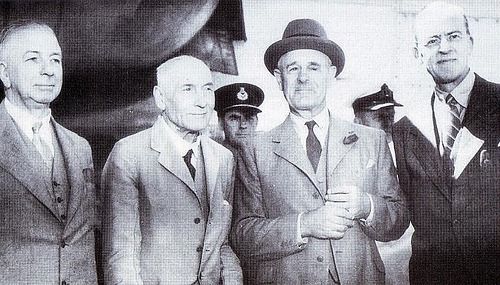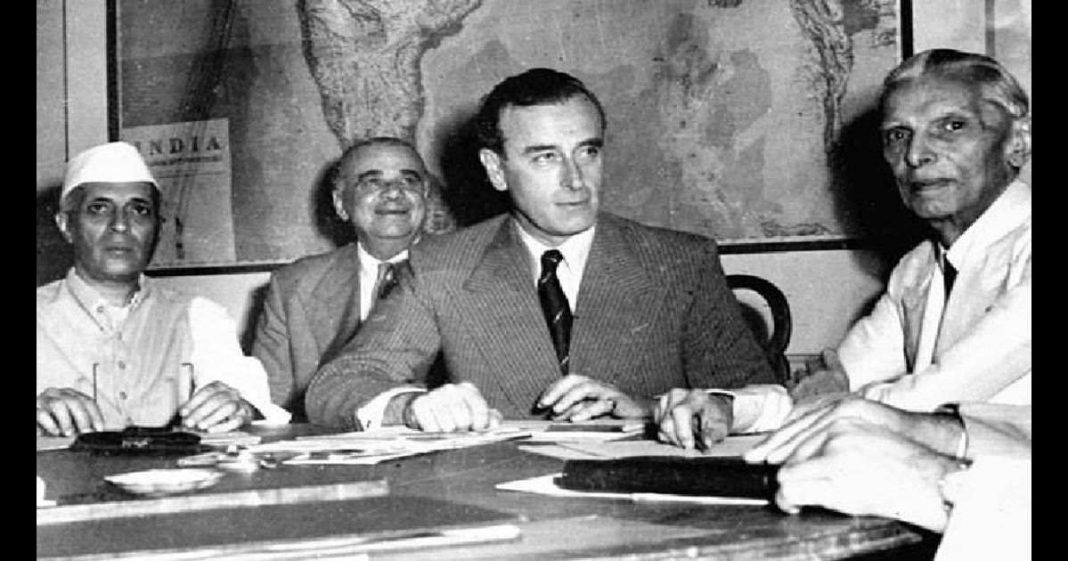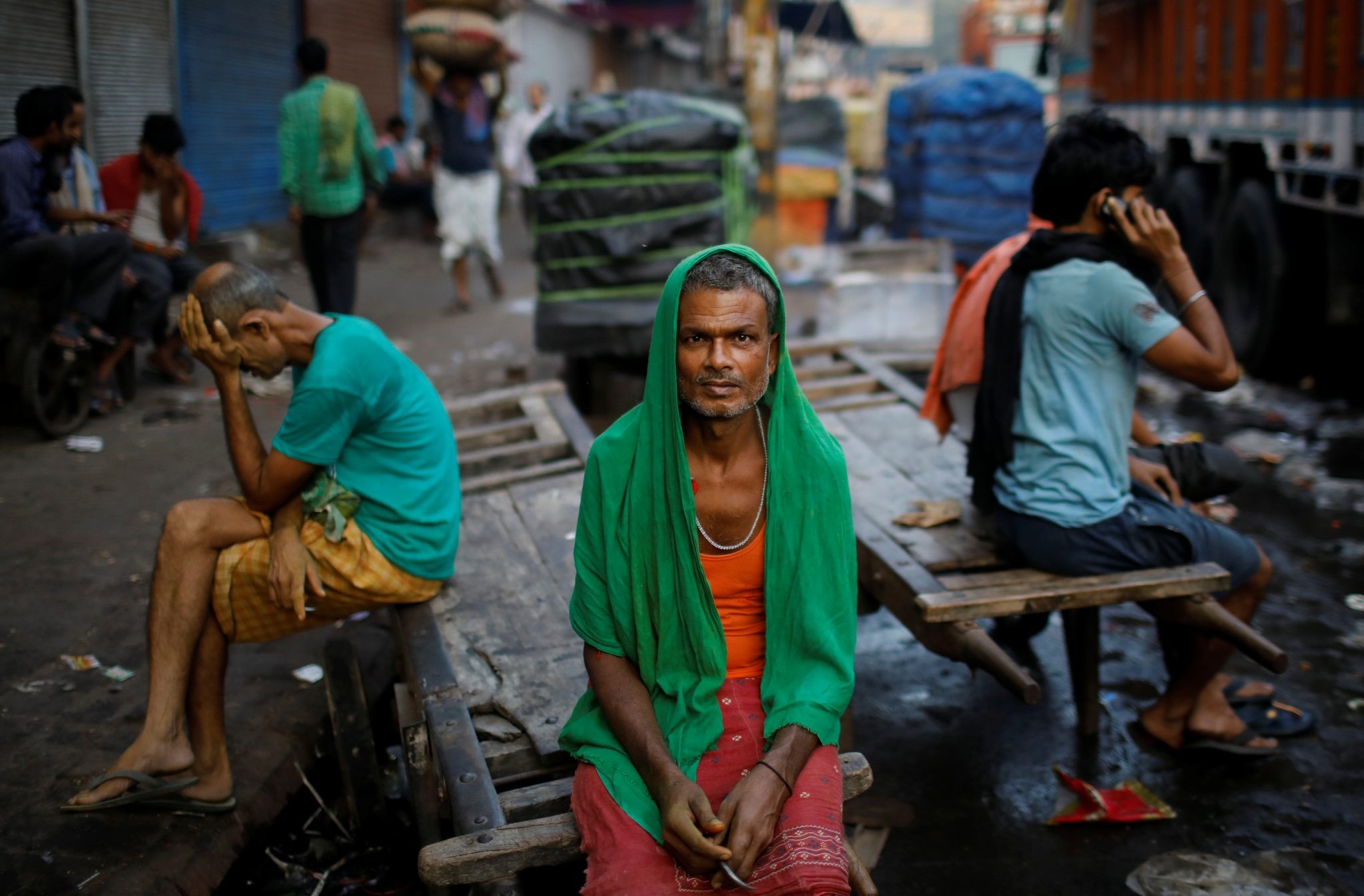Introduction
The Cabinet Mission arrived in India on 24 March 1946 to negotiate the transfer of power and propose a constitutional framework that would keep India united while addressing Congress–League differences, led by Lord Pethick-Lawrence, Sir Stafford Cripps, and A.V. Alexander, with Viceroy Wavell participating in talks. Its core proposal, announced on 16 May 1946, outlined a three‑tier structure—provinces, provincial groupings, and a weak Union handling only defence, foreign affairs, and communications—to reconcile demands for autonomy with the British aim of preserving Indian unity. Although both Congress and the Muslim League initially engaged with the scheme, mounting distrust over compulsory groupings and center–province power balance led to breakdown, paving the way to Direct Action, communal violence, and, ultimately, Partition.

Background and Objectives
- The mission was sent by Prime Minister Clement Attlee to secure an agreed path for independence, form an interim government, and constitute a body to draft a new constitution.
- By 1946, Britain sought a swift, orderly withdrawal, preferring a united India and rejecting Pakistan as impractical in the May plan, even as it tried to accommodate Muslim interests through powerful provincial groups.
- Members: Pethick-Lawrence (Secretary of State for India), Cripps (President, Board of Trade), and A.V. Alexander (First Lord of the Admiralty); Wavell coordinated on the ground though not a mission member.
Key Proposals (Statement of 16 May 1946)
- United Union: India to remain a single Union controlling defence, foreign affairs, and communications; residuary powers with provinces.
- Three-tier structure: Provinces at the base, three “Sections/Groups” in the middle, and the Union at the top, with executives and legislatures at each level.
- Groupings (Sections A/B/C):
- Constituent Assembly: 389 members—292 from provinces, 4 from chief commissioners’ provinces, 93 from princely states—elected by provincial assemblies with separate community voting (General, Muslims, Sikhs); Sections would first meet separately to frame provincial and group constitutions, then the full Assembly would draft the Union Constitution.
- Decision rules: Communal questions at the Centre to be decided by majority of both communities present; provincial autonomy and residuary powers affirmed.
- Princely states: Paramountcy to lapse; states to negotiate arrangements with the successor authorities.
- Interim Government: To function pending constitution making, drawn from Indian parties.
The June 1946 Supplement (“Second Plan”)
- After resistance to aspects of the May scheme, the mission floated a June variation envisaging two dominions—a Hindu-majority India and a Muslim-majority state (Pakistan)—though Congress rejected this and proceeded to the Constituent Assembly path while continuing to oppose compulsory provincial grouping.
Positions of Congress and the Muslim League
- Congress: Accepted the idea of a Constituent Assembly and interim government but opposed compulsory grouping and a weak Centre, arguing provinces must be free to choose group affiliation and that the Union should be stronger.
- Muslim League: Accepted the May plan on 6 June 1946 because groupings approximated parity and safeguarded Muslim-majority regions; Jinnah viewed Groups B and C as providing the substance of Pakistan and a route to future secession, if desired.
- Nehru’s 10 July 1946 statement that Congress was not bound by groupings intensified League distrust, which saw it as an attempt to undermine Muslim autonomy.
Interim Government and Constituent Assembly
- When Congress agreed to join the Interim Government, Wavell invited Congress to propose a cabinet; the League initially stayed out, alleging violation of assurances on parity and groupings, while the interim set‑up took office on 2 September 1946 under Nehru.
- The Constituent Assembly convened in December 1946 without League participation initially, further hardening positions.
Escalation and Failure
- The League, accusing the Viceroy and mission of backtracking and reacting to Congress’s stance on groupings, called Direct Action Day for 16 August 1946, triggering widespread communal violence starting in Calcutta that fatally undermined prospects of a united constitutional settlement.
- By late 1946, the Cabinet Mission Plan effectively collapsed; the Labour government later sent Mountbatten to find a new solution, culminating in Partition in 1947.
Why the Plan Failed
- Compulsory grouping: Congress rejected mandatory placement of provinces into Sections; it insisted provinces (e.g., Assam, NWFP) should freely opt in or out, whereas the League demanded ironclad group autonomy.
- Weak Centre vs. Unionism: Congress favored a stronger Centre for national unity; the League prioritized strong groups with the Centre limited to three subjects.
- Trust deficit and timing: Nehru’s July statement, the League’s subsequent withdrawal and Direct Action call, and mounting communal violence destroyed the minimal trust needed to operationalize the plan.
- Ambiguity on opting out: Lack of clarity on whether provinces could later exit groups fueled divergent interpretations and strategic hedging.
Significance
- The mission offered the last serious British attempt to keep India united via a loose federal union and powerful regional groups, broadly rejecting Pakistan in May but edging toward partition in June amid deadlock.
- Its collapse accelerated political polarization, prompted the Interim Government under Congress leadership, and set the stage for Mountbatten’s arrival and the final Partition plan in 1947.
Key Dates and Facts
- 24 March 1946: Cabinet Mission reaches Delhi.
- 16 May 1946: Statement of proposals (three-tier Union; Groups A/B/C; Constituent Assembly).
- 6 June 1946: Muslim League accepts the plan; sees groupings as path to parity/substance of Pakistan.
- 10 July 1946: Nehru’s statement that Congress is not bound by groupings heightens tensions.
- 2 September 1946: Interim Government (Congress-led) takes office; League initially stays out.
- 16 August 1946: Direct Action Day unleashes mass communal violence.
- December 1946: Effective failure of the plan acknowledged; road to Partition opens.

Interesting Notes
- Jinnah privately framed acceptance of the plan as “first step”: once Groups B and C were entrenched, “we can work on the two decks…and blow up the topmast” later—i.e., secure future secession if needed.
- The Constituent Assembly design envisaged 389 members, including 93 from princely states, though actual participation evolved amid League non‑attendance and later entry.
- Communal decision rule at the Centre—separate majority from both communities—was crafted to reassure minorities but added procedural complexity.
Conclusion
The Cabinet Mission Plan was the final major blueprint to preserve a united India through a weak Union and powerful provincial groups, balancing Congress’s national vision with the League’s demand for Muslim safeguards; yet disputes over compulsory grouping, Centre–province power, and deepening mistrust—capped by Direct Action and communal violence—made its implementation impossible, pushing events toward Partition and independence in 1947.




